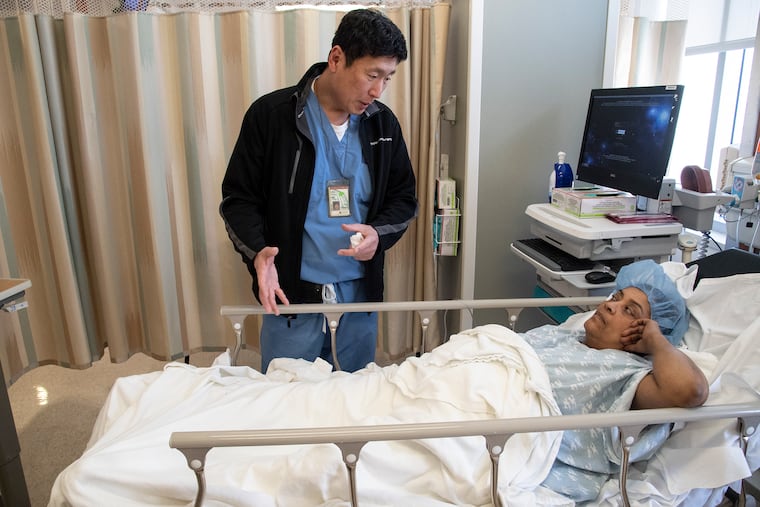With techniques used to save the heart, surgeons are rescuing limbs from the ravages of diabetes
Good medical care, including surgery, can help diabetics with serious vascular problems keep their feet and legs.

Good medical care, including surgery, can help diabetics with serious vascular problems keep their feet and legs.
